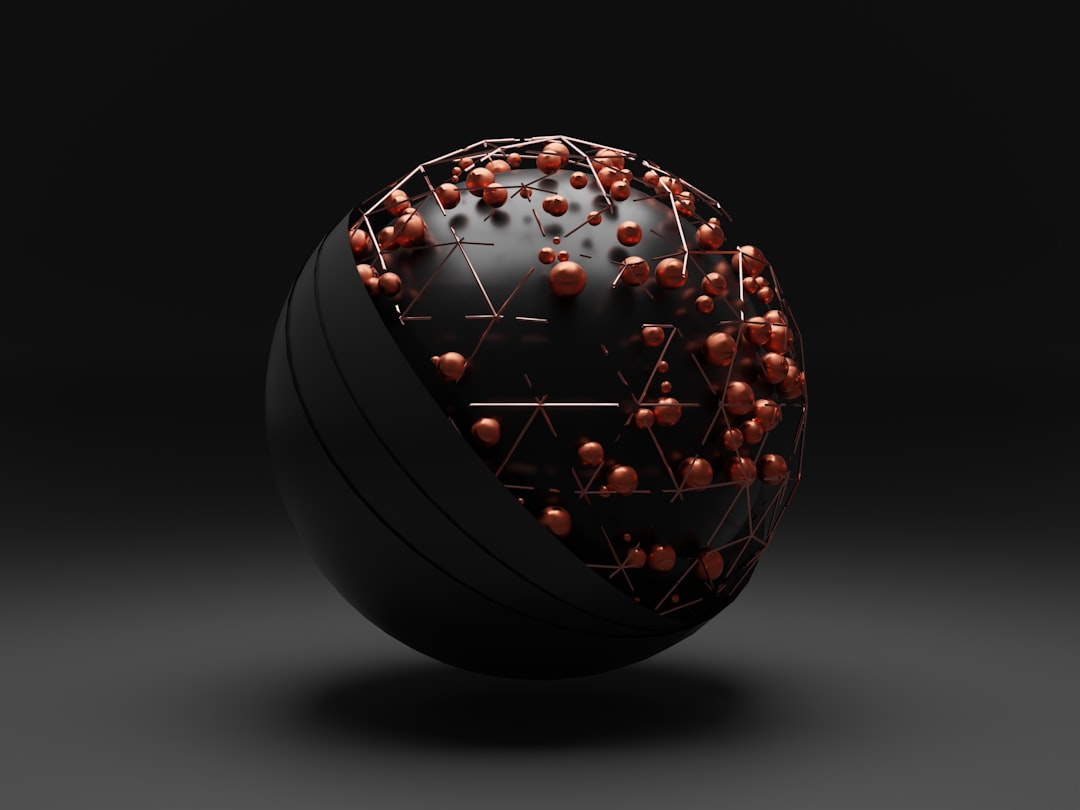What is it about?
As air flows over an aircraft’s wing it changes character from an initial smooth laminar form to a turbulent form. This article addresses a key aspect of the initial processes (known as receptivity modelling) that give rise to the birth of unsteadiness in an initially uniform steady flow. The physical actors arising in nature causing this unsteadiness are numerous, ranging from noise (from engines say), vibrations of the surface, airflow unsteadiness far away from the aeroplane, as well as the smoothness of the wing. There are elements of unquantifiable small scale random effects that can not be modelled as well as known features that are purely deterministic. How these various actors can act to generate unsteadiness in air-flows is the basis of the research.
Featured Image

Photo by Vincent Versluis on Unsplash
Why is it important?
There is considerable international effort in trying to control and maintain air in its laminar form as it convects over an aircraft’s wing. A laminar air stream is preferred to its turbulent form, since the former leads to lower drag of the aircraft. Lower drag implies using less fuel, hence increased profitability from airline operations view. Another key aspect is that Earths oil resources are finite, and today there is considerable concern about greenhouse gas emissions too - so a drive in air-plane flight efficiency will clearly be beneficial. Air-planes which can sustain laminar flow will thus use less fuel relative to air-planes designed assuming turbulent airflow. Mathematically most correct means of modelling receptivity phenomenon, is seen as the key to developing more robust and physics accurate wing design optimization models of the processes that lead to a laminar flow undergoing this transition to a turbulent state. The work is a first step in incorporating randomness of the unknown environment and surface roughness features which play important roles in the mathematical modelling of the laminar-turbulent transition processes.
Perspectives
A truly realistic physics correct laminar-turbulent transition model must incorporate the unknown stochastic as well as the deterministic actors in the physics of transition. The work goes someways in devising a strategy based on Monte-Carlo Uncertainty Quantification (UQ) analysis to provide variances in expected transition location arising from randomness in the surface finish and or variances in the free-stream acoustic forcing.
Dr Shahid Mughal
Imperial College London
Read the Original
This page is a summary of: Acoustic receptivity and transition modeling of Tollmien-Schlichting disturbances induced by distributed surface roughness, Physics of Fluids, April 2018, American Institute of Physics,
DOI: 10.1063/1.5024909.
You can read the full text:
Contributors
The following have contributed to this page










